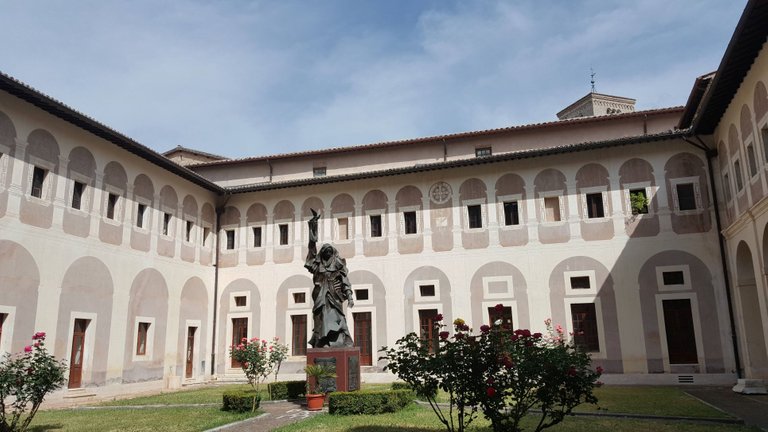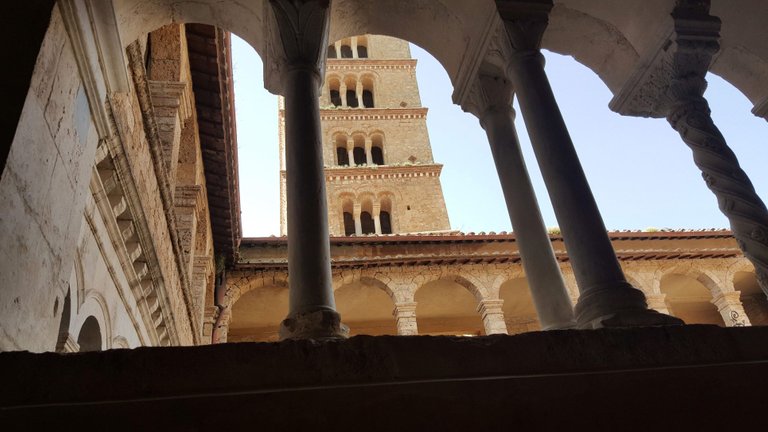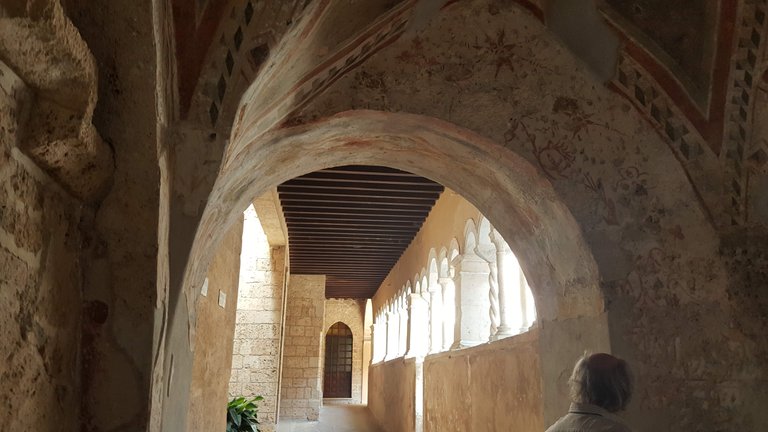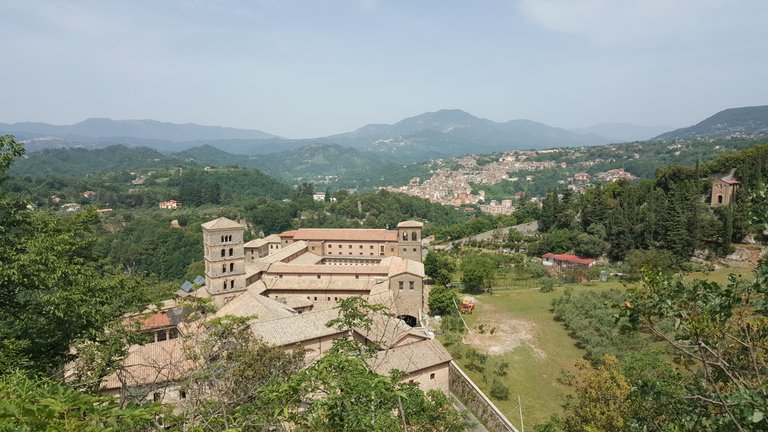
Abbey of Saint Scholastica, Subiaco, Italy, 06/15/2019
Two monasteries of twin monks are located in Subiaco. One is up on the cliff and the other is on the hillside. It is said to be the abbey of younger sister of Saint Benedict, built by him on the mountainside. I wished sightseeing of the library which preserves ancient books but it was not allowed to visitors. It was sad not possible to look at the ancient library on this trip. The ancient library at the monastery of montserrat was also not allowed. I postponed it to the next opportunity.

However, medicines manufactured by monks were also sold here. Monks should not cultivate minds for their own purpose. Spiritual growth has to be estimated by index of balance between wisdom and compassion. They should practice the public good for his neighbors along with his own spiritual growth. The reason why the influence of Saint Benedict has been passing down to this days since he established social spiritual system more than 1500 years ago was owing to the organized process of socialization of enlightenment The Rule of Saint Benedict (Latin: Regula Sancti Benedicti) has been major role for monks living communally since it was written by him.
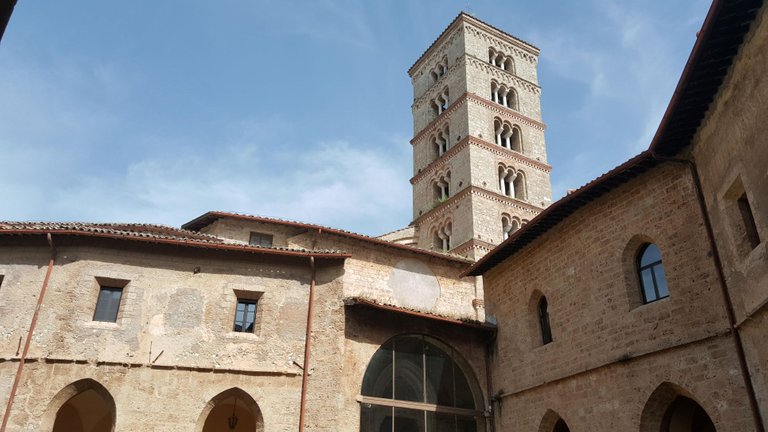
The monastery of Santa Scolastica is located east of Subiaco, at 510 meters high, and is arranged longitudinally and parallel to the valley, where, for centuries, hermits and monks lived in contemplation and prayer, which earned it the name of " holy valley " Of the twelve monasteries built by St. Benedict in the Subiaco valley, the only one that survived the earthquakes and Saracen destruction was that of Santa Scolastica, which, until the end of the 12th century, was the only monastery in Subiaco. It looks like a complex of buildings built in different eras and styles: an entrance, on which the inscription "Ora et Labora" appears, with structures of the twentieth century, introduces the first cloister or "Renaissance Cloister" of the sixteenth century, from which it passes into a second cloister or "Gothic Cloister" of the XIV century and, finally, in a third, called "Cosmatesco Cloister", of the XIII century.

